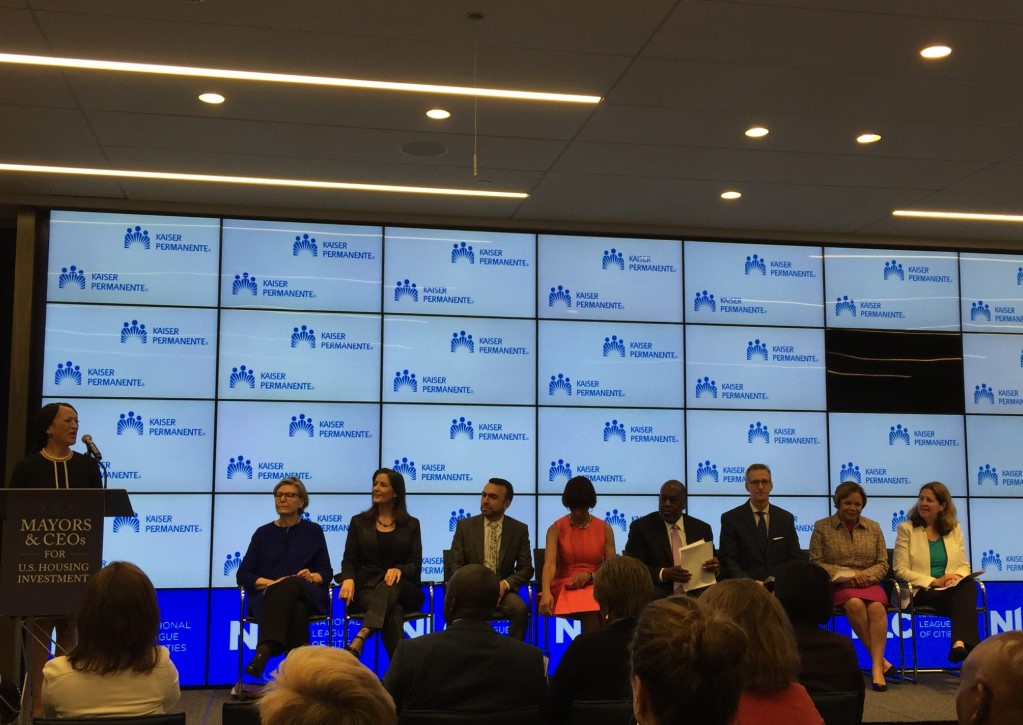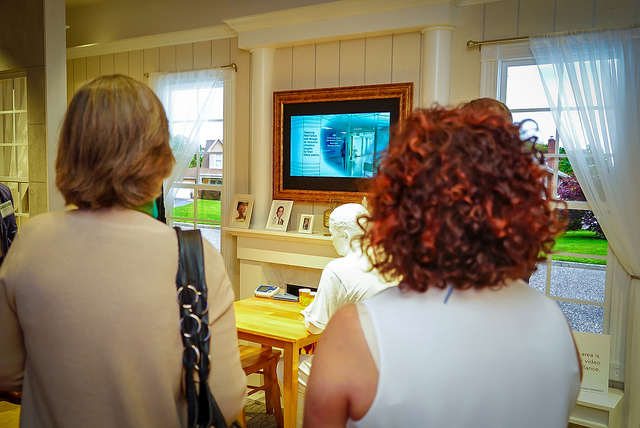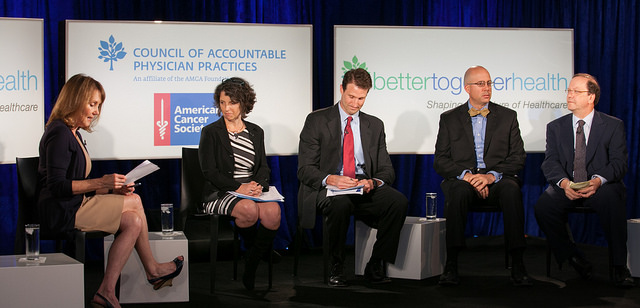The Institute of Medicine (IOM) held its 43rd annual meeting on The Science of Violence: Causation, Mitigation, and Prevention on Monday, Oct. 21, 2013, in Washington, DC. The meeting served as a catalyst to bring attention to this issue.
Mark Rosenberg, MD delivered the keynote address. Dr. Rosenberg has devoted his career to approaching violence as a public health issue and in 1994 started the National Center for Injury Prevention and Control at the Centers for Disease Control and Prevention.
The concept that violence is preventable is a paradigm shift that has occurred during the last 40 years. Throughout the day, participants heard about the extent of the problem and the extraordinary impact of violence on families, communities, and its contribution to health disparities.
Dr. Rosenberg raised the questions: “What is the problem?” “What are the causes?” “What works?” and “How do you it?”

There are answers: Brigid McCaw, MD, medical director for Kaiser Permanente’s Family Violence Prevention Program and member of the IOM Forum on Global Violence Prevention, participated in a panel discussion and offered an example of a successful approach to family violence prevention in a large health care delivery organization. Read on to hear what she has to say.
Dr. McCaw, your contribution focused on answering the question, “what works and how do you do it?” What were you hoping to communicate to the audience about the health care system’s role in responding to family violence?
Health care has a unique and important role in violence prevention. For instance, over the past decade Kaiser Permanente has transformed the clinical practice in the area of family violence prevention, specifically intimate partner violence (IPV). Using an evidence-based “systems model” approach that has been widely implemented in our medical centers, we have shown a 7-fold increase in IPV identification. And this approach is being used in other health care settings in the U.S and abroad. The “systems model” approach serves as an example of practice-based evidence that provides valuable “learnings” for the field of violence prevention and offers a very powerful message to the clinicians and scientists who are members of the IOM, and who have a unique opportunity to promote research and funding to move the field forward.
Who else besides health care systems should be paying attention to this topic of family violence?
The response to family violence is going to require a collaborative approach from a variety of stakeholders – schools, criminal justice, public health, elected officials, patient and family advocacy groups – to name a few. Effective investments in preventing violence must recognize and address violence within the family, strengthen social norms that promote healthy relationships, and reduce community-level risk factors.
For more information on this topic, check out Kaiser Permanente Institute for Health Policy’s “Transforming the Health Care Response to Domestic Violence,” – one of the Kaiser Permanente Policy Stories (Vol 1, no.10 , 2012).




